A house without an efficient roof is no better than one without a roof. To have secure and peaceful living, you must carefully choose which roofing materials to use for your new home.
The inside of the building may be lighted naturally by utilizing translucent roofing sheets, providing adequate light for your production, warehousing, and other operational purposes. This is a fantastic advantage that can be obtained by employing these roofing sheets. On the other hand, vinyl is an extremely long-lasting material that may be used in the production of roofing, flooring, and siding items. Most vinyl roofing shingles and membranes are resistant to fire and can endure severe weather conditions such as high winds and hail.
Having said translucent roofing sheet and vinyl roofing material, which do you think is better? Would you rather choose the one with a quality interior outlook, or would you select the one with excellent durability? Heads up! This article will guide you to understand which is the best roofing material for your new home!
Which type of roofing sheet is best?
Vinyl roofing, which may also be referred to as polyvinyl chloride (PVC) roofing, is a long-lasting roofing material that can be purchased in the form of membrane sheets or shingles. While some PVC roofing shingles are made of recycled materials, vinyl, and cellulose fiber, vinyl roofing shingles are composed of natural limestone and resins. Eco-friendly PVC roofing shingles are sometimes constructed in this combination. They are resistant to wind, which makes them excellent protection from summer storms.
Viny sheet is an extremely long-lasting material that may be used in the production of roofing, flooring, and siding items. The majority of vinyl roofing shingles and membranes are resistant to fire and can endure severe weather conditions like high winds and hail. Because they are heat-sealed during the installation process, PVC membranes are also considered to be an efficient form of protection against the infiltration of water. Due to the use of hot-air welding on the seams, they are completely watertight.
You will not need an artificial lighting source since the light provided by the translucent roof is sufficient on its own. This will save you money on the expense of having such a system installed as well as the cost of the energy that it will use. When you’re looking for a means to bring more brightness and sunlight within without having to deal with the unappealing aspects of the outside world, the architectural solution you’re looking for is translucent polycarbonate roof panels. These panels are the answer to your problem. Daylight may be brought into your living area as well as your working environment because of the features of roof panels that are transparent.
Which roof sheet is best for hot climate?
Most PVC membranes are solar-reflective, which means they may lower cooling costs and mitigate the heat effect that occurs in urban areas. Vinyl roofing shingles and vinyl roofing membranes are both available in hues that are light reflecting and can deflect infrared radiation from the sun. This method protects the roof from absorbing an excessive amount of heat and has the potential to bring down the amount of money you spend on monthly cooling costs throughout the summer. PVC roofs have been around for a significant amount of time, which has allowed them to earn a reputation for being both reflective and long-lasting. Because of this, they are a common option in areas that have a warmer environment. They are also resistant to shrinking, which helps defend against the effects of temperature variations.
On the other hand, the patio is kept light even when the weather is overcast, thanks to roof panels that are translucent. Because the patio is light, the inside of your house that is next to the patio is also bright, regardless of whether the room in question is the kitchen, the dining room, or the family room. The manufacturing process includes a treatment that allows polycarbonate roof panels to filter out part of the sunlight. In addition, translucent panels exclude the harmful UV rays of the sun, which are responsible for sunburn. This is helpful for people who are more likely to become sunburned after being exposed to the sun for a longer time, such as those with pale skin, the elderly, or youngsters who are utilizing the patio as a play zone.
What is the coolest roof material?
PVC single-ply roofing acts as a robust base for solar systems and vegetative roofs while also deflecting heat away from buildings, reducing energy usage, mitigating the effects of urban heat islands, and reducing overall energy consumption. Cool roofing systems are efficient for keeping buildings cool, protecting insulation and substrates, and deflecting solar radiation back into the atmosphere and beyond as the world and its cities continue to heat up.
Translucent roofs do more than simply cover a home or commercial structure; during the warmer months of the year, they can lower the amount of heat absorbed from the sun by over 70 percent. Although transparent panels do not, in and of themselves, produce shade, they do minimize the amount of heat that is generated by the sun, which in turn allows the surface of your patio to stay cooler.
What are the top 5 roofing materials?
Before deciding on a roofing material, it is important to have a good understanding of the different types of roofing and how long their lifespans typically are. The following are the top five types of roofing materials:
- Slate roofing
Slate, which can be used in any climate, is an excellent heat barrier because of its durability. Slate is an environmentally responsible choice for roofing because of its extended lifespan. Because it is long-lasting, resilient, and requires little upkeep, this material is ideal for use as a roofing material in this capacity.
- Wood shake and shingle roofing
Aside from the fact of bein an environmentally friendly and sustainable roofing material, several species of wood have a natural resistance to insects and vermin. Furthermore, due to its insulating characteristics, wood roofing may provide excellent energy efficiency.
- Clay tile roofing
Another option for a roof that will endure a long time is to use clay tiles, which are a kind of roofing material that is created from components that are derived from clay pits.
- Asphalt shingle roofing
Shingles made of asphalt are one of the least expensive roofing materials available. Asphalt shingles will nevertheless provide great durability and a long lifetime, despite the fact that their cost is merely a fraction of the price of other kinds of roofing materials.
- Metal roofing
The production of metal roofs requires a significant amount of energy, but these roofs are not only beautiful and long-lasting, but they also often include a high percentage of recycled material and are simple to recycle after their useful life has passed.
What is the most commonly used residential roofing material?
PVC roofing material may be made watertight, despite its flexibility and ease of installation. Because it can be painted or coated with a wide range of materials to make the roof seem more appealing, it is also a popular choice among building owners as an aesthetic option. PVC, or polyvinyl chloride, has emerged as a prominent option for use in roofing construction around the globe. Its longevity, cheap cost, and user-friendliness are the primary reasons for its widespread use. PVC is used extensively due to the fact that it is less expensive and simpler to operate with. It has a lower chance of causing injuries during the installation or manufacturing process, which means that employees may install the material without the fear of being wounded on the job.
The majority of home applications, such as gazebos and patios, make use of roof sheets made of polycarbonate or translucent material. To evoke an impression of a wider expanse than they really have, some commercial buildings have translucent roofs installed. As a transparent roofing material, glass was formerly used on structures such as shopping malls and airports; however, polycarbonate roofing sheets will soon replace glass in these applications. In recent years, the use of polycarbonate roofing sheets has become more common in the building industry owing to the exceptional features that these sheets possess, such as their strength, durability, and resistance to fire. They are far more resistant to the elements than other roofing materials and can endure impact loads that are greater than those of glass can.
The principal material that is used in the building of residential roofs includes things like asphalt, concrete, clay, and others.
To sum it up…
A translucent polycarbonate material is a very tough thermoplastic with a remarkable impact strength and may be used in various applications, including the production of long-lasting roofing panels. The material is one of the alternatives for commercial roofing goods that is seeing the quickest expansion rate, particularly for low-slope and flat roofs. Meanwhile, PVC, which stands for polyvinyl chloride, is produced from chlorine and ethylene, both obtained from refined natural gas or petroleum and salt, respectively.
PVC is an abbreviation for polyvinyl chloride. The roofing material may be fastened into place using a mechanical method such as plates and screws, or it can be entirely attached using tacky bonding glue. PVC is very resilient against oil and grease and highly resistant to rips and punctures. In addition, it is not too difficult to maintain, and it has a lifespan of between 20 and 30 years.
Would you rather pick the one that provides you with a superb inside perspective, or would you rather choose the one that has exceptional durability to protect your house? The choice is yours to make. If you want to know more about the best roofing system, visit https://www.thaiplastwood.com/ for extensive elaboration.




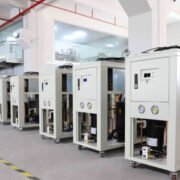
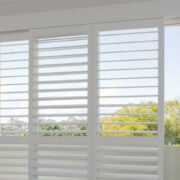
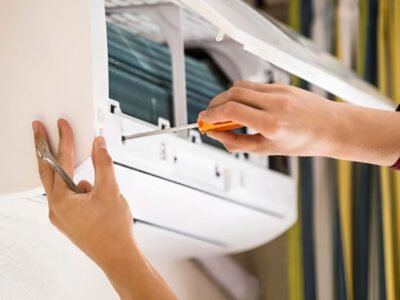
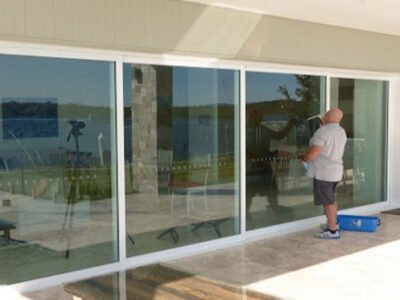
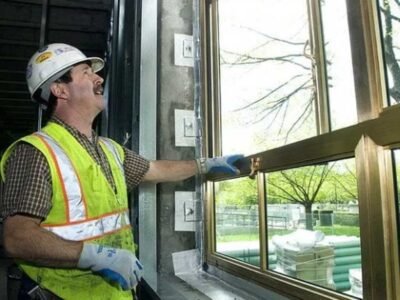





Comments